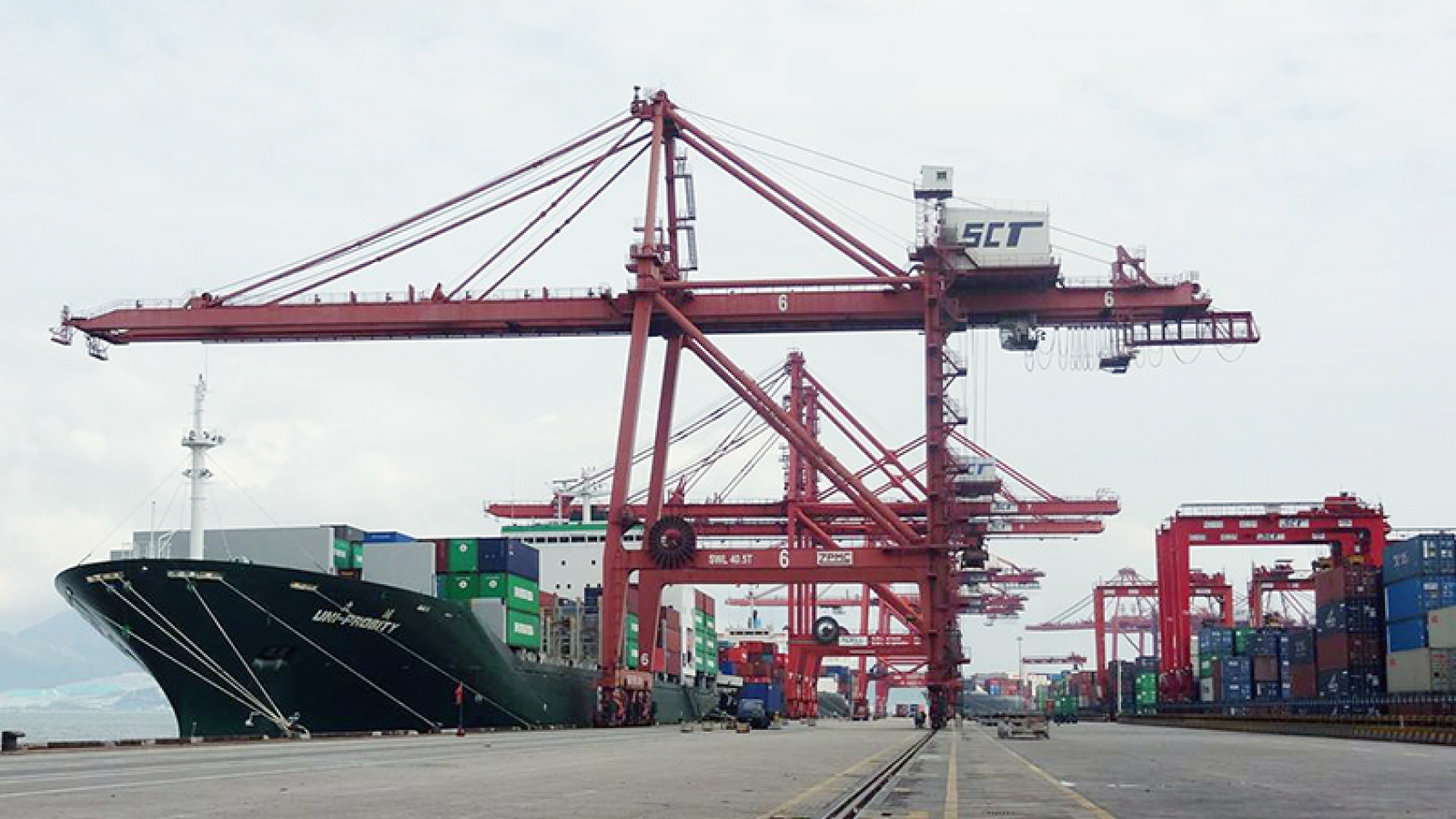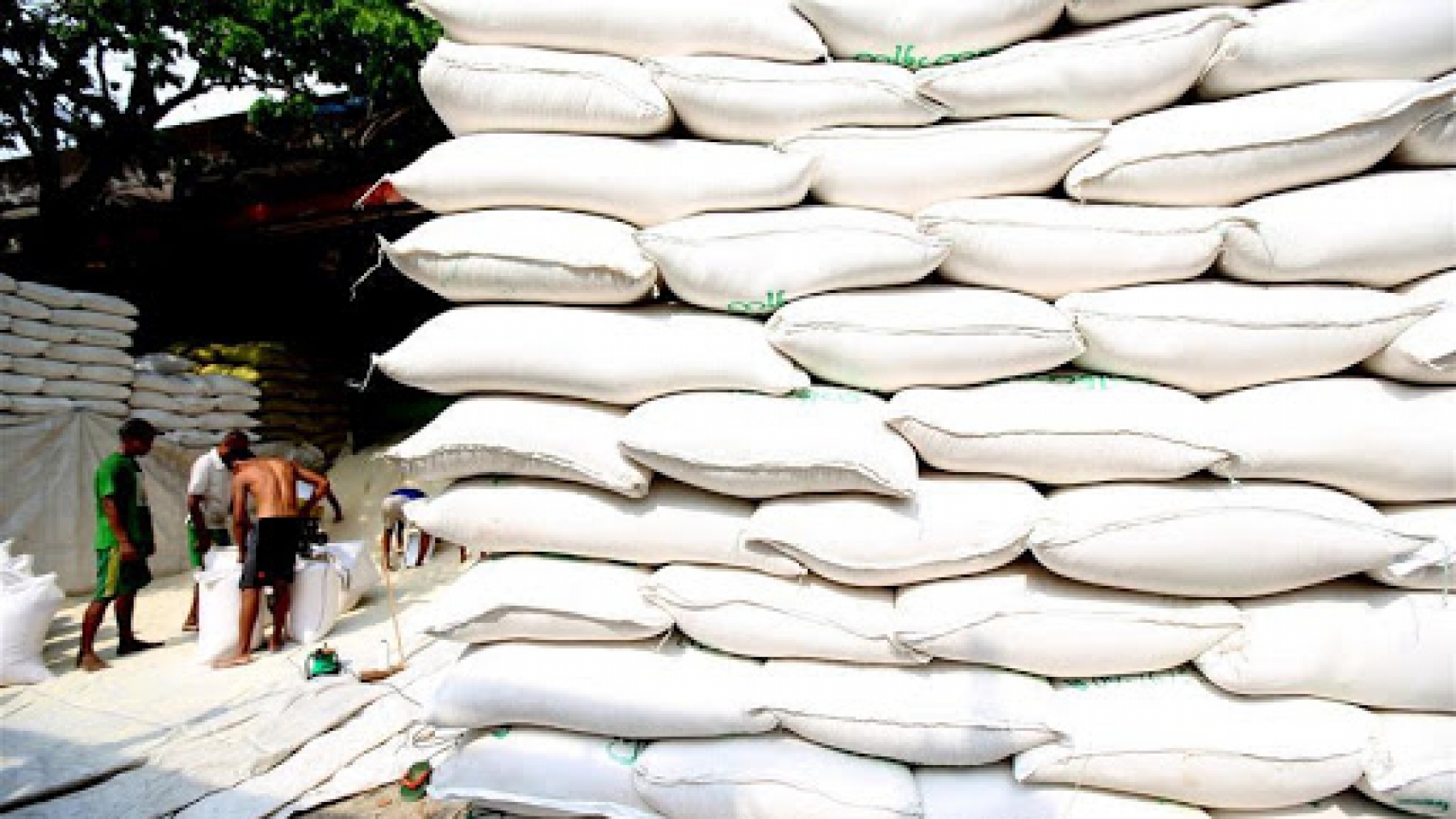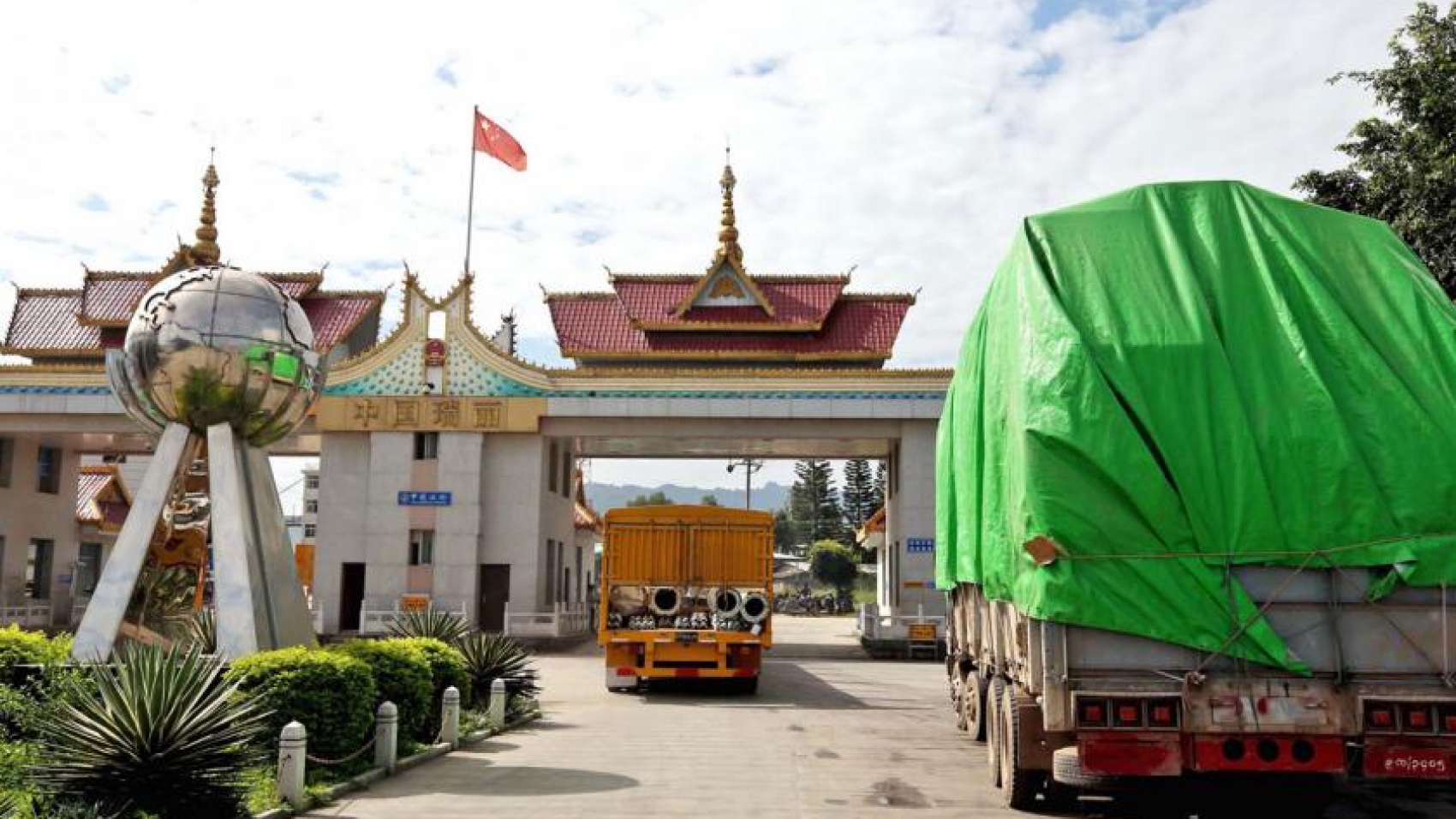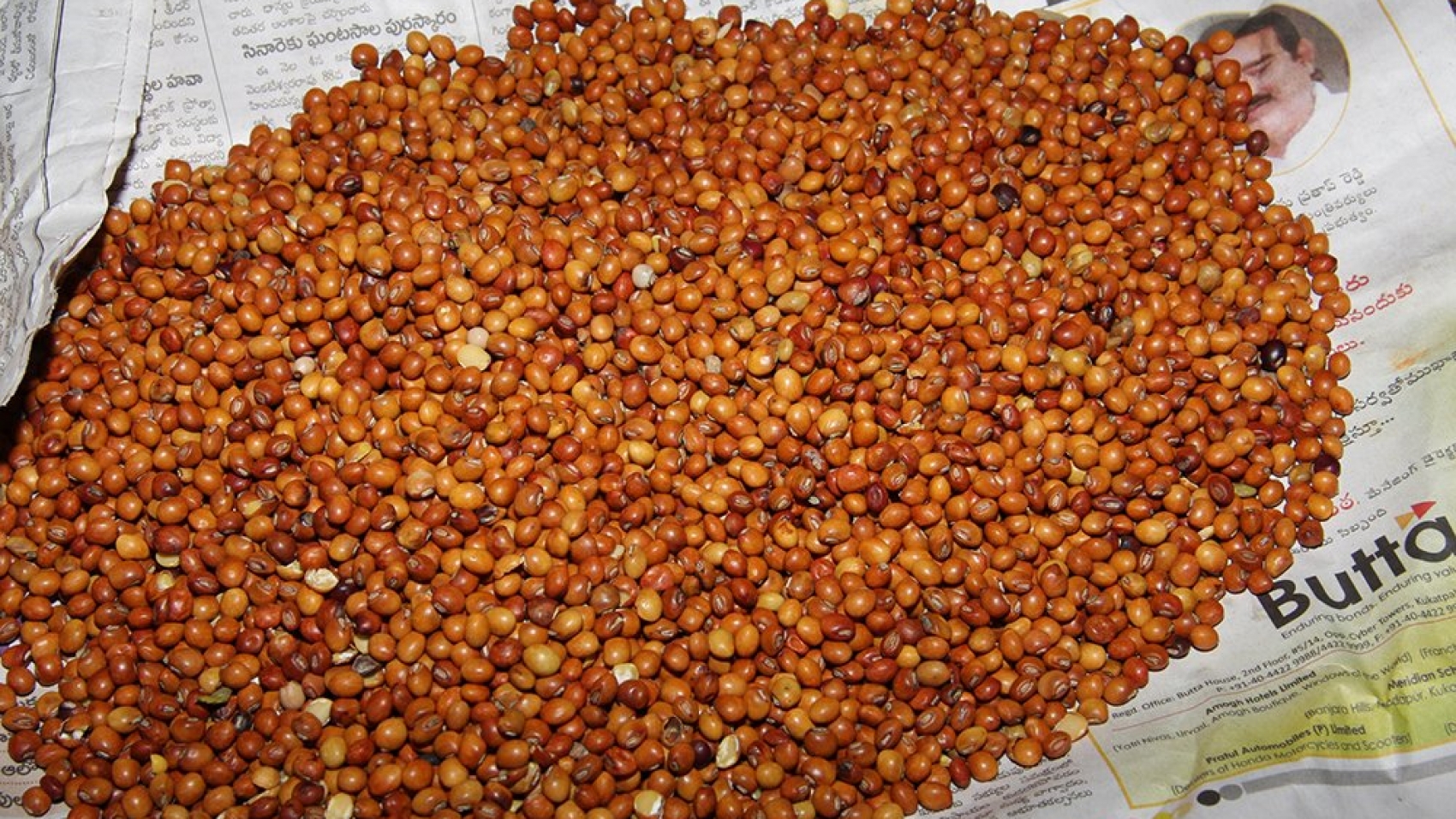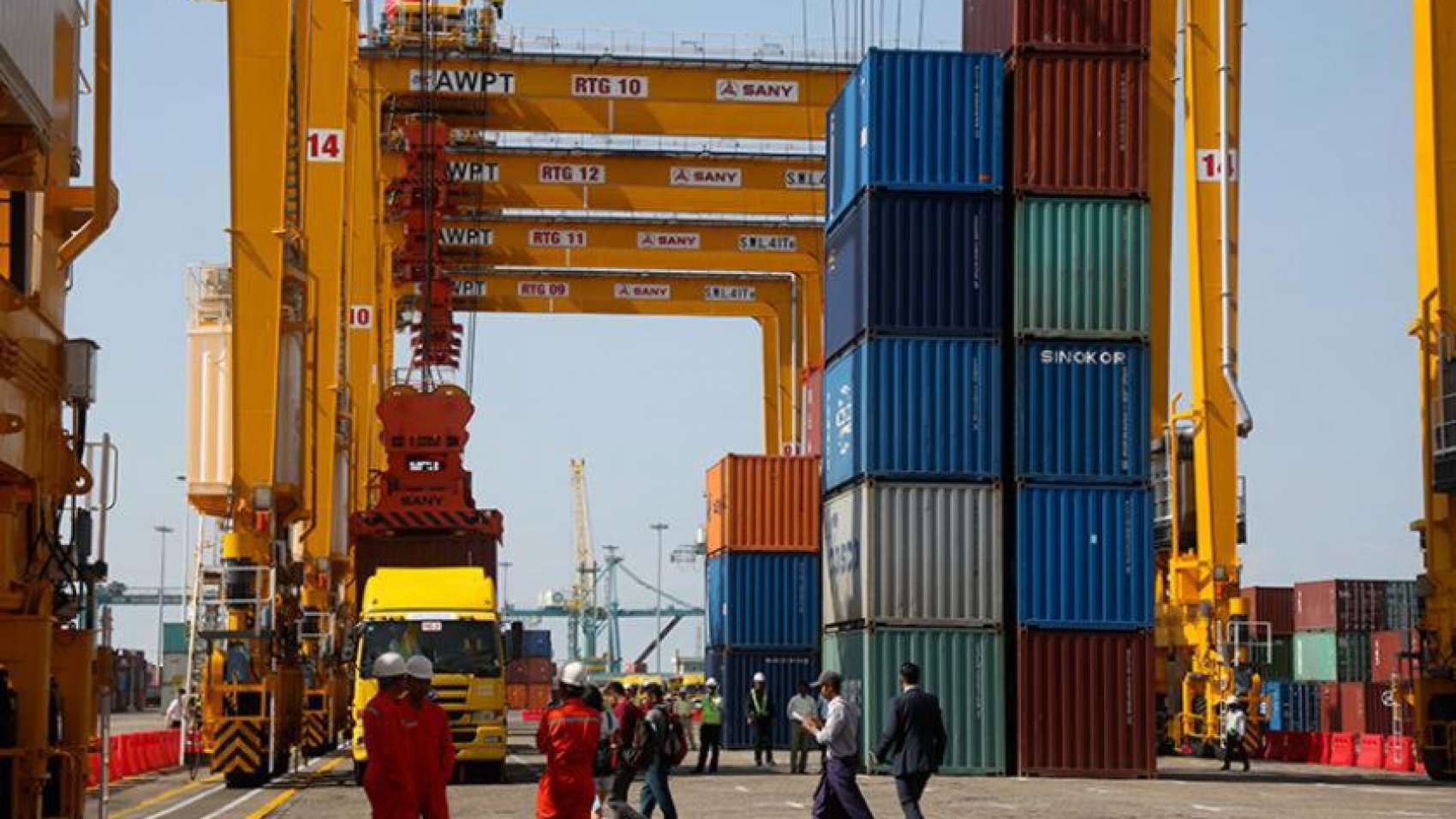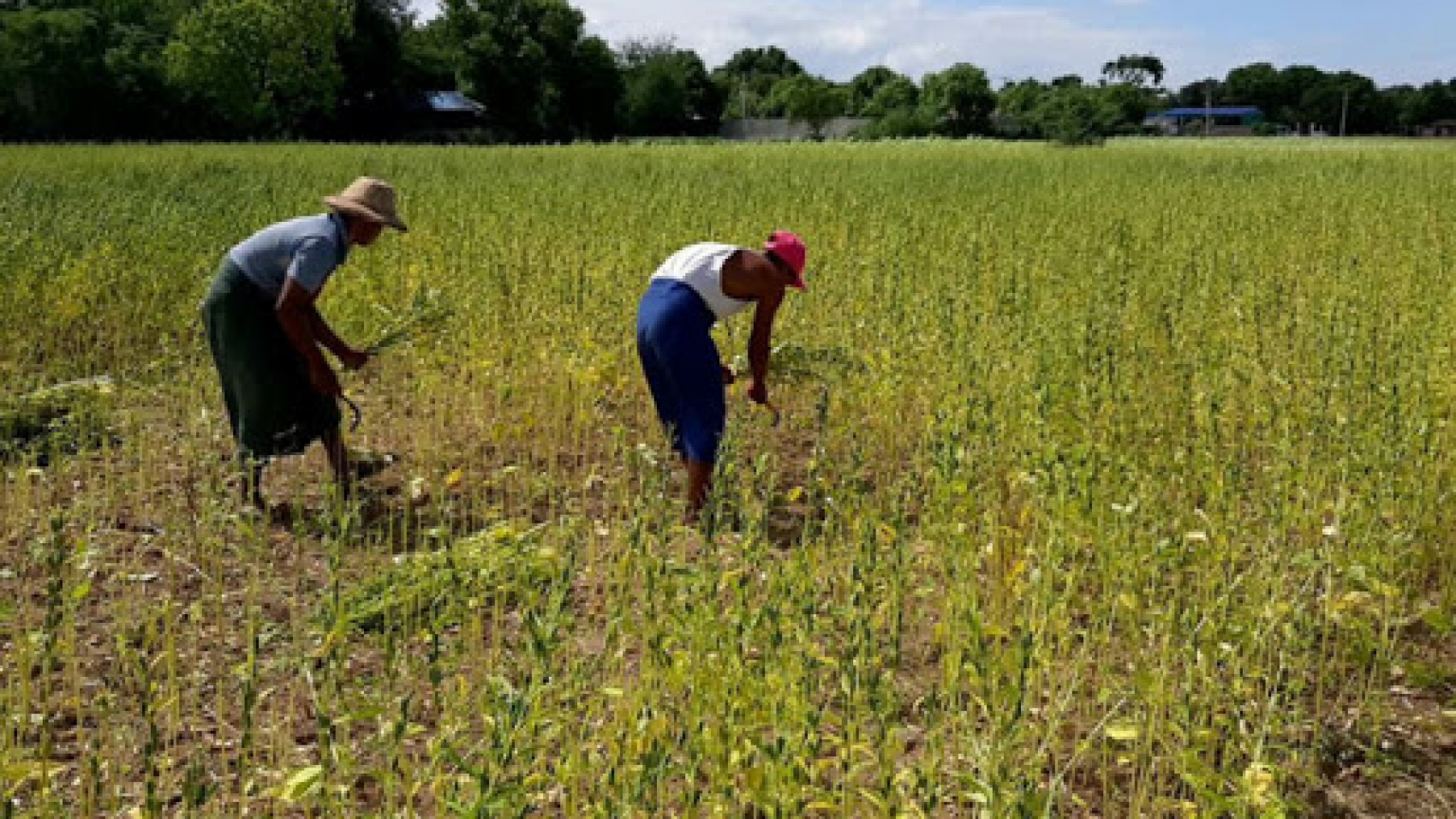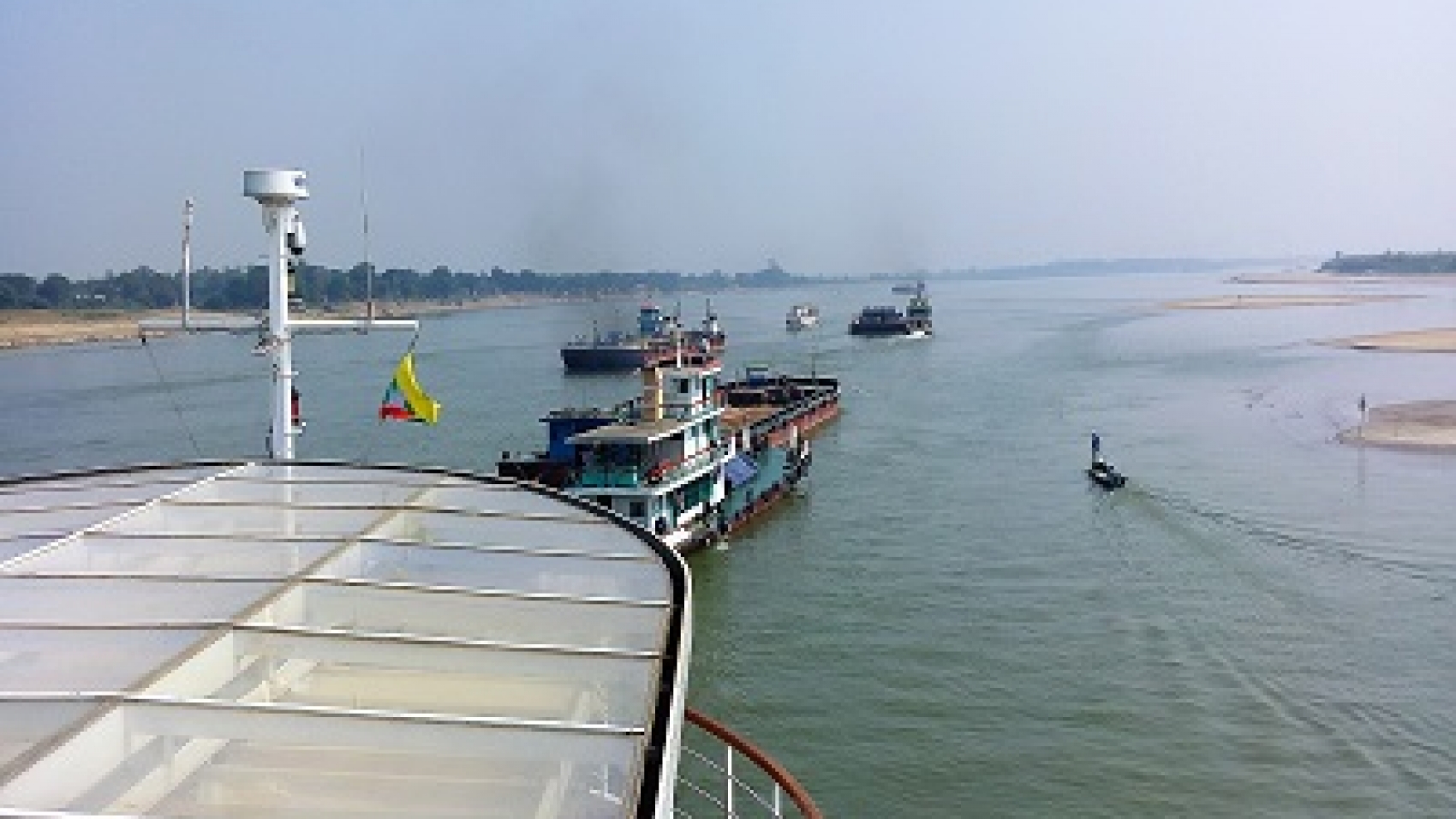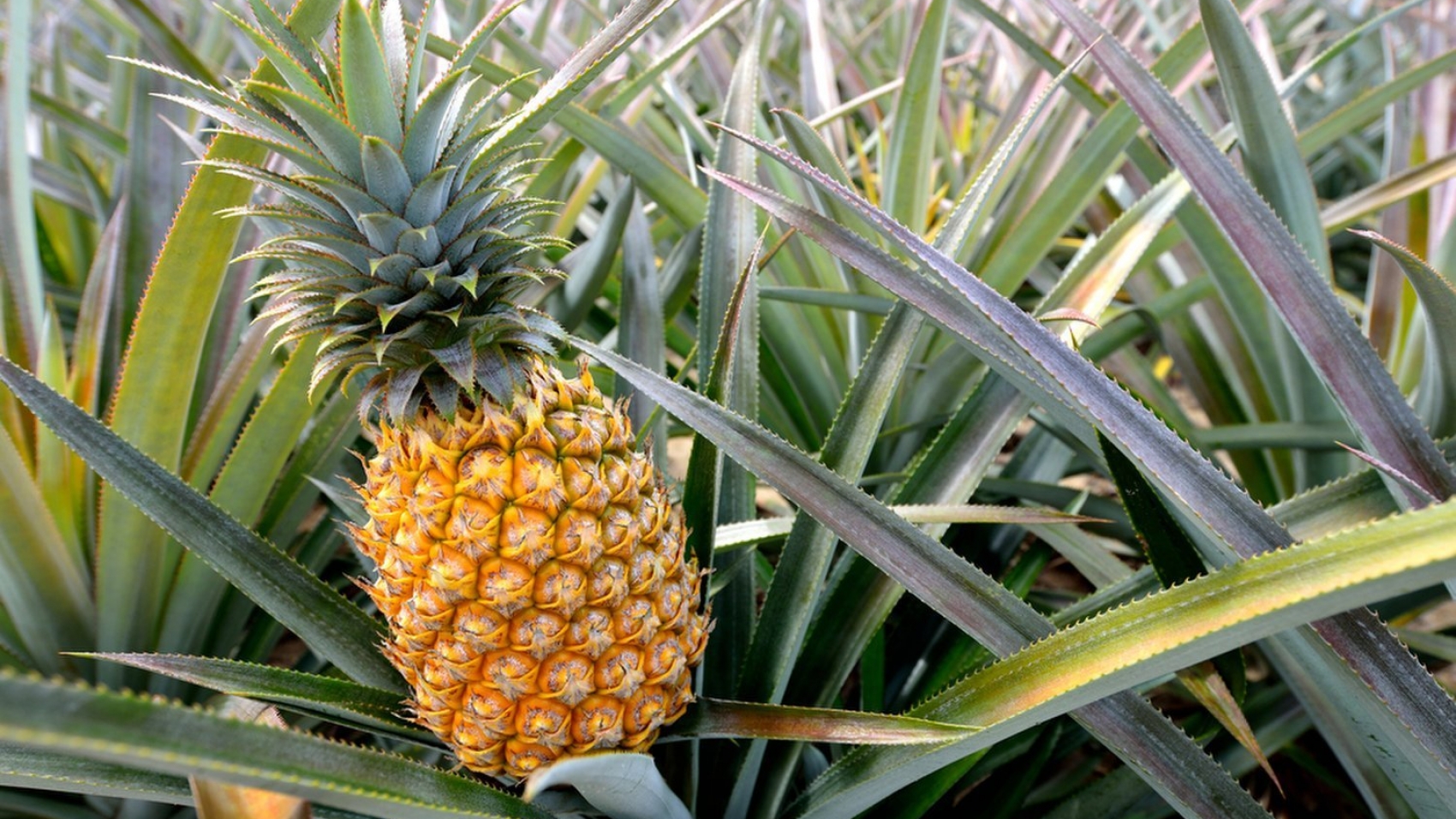ACCORDING to the association, the Yangon Gold Entrepreneurs
Association (YGEA)’s gold market trading will be conducted online. YGEA Chair U Myo Myint said that YGEA is launching virtual trade through the Zoom application every Sunday to lead the trading via an online system.
“We have started trading online. We also have a problem with Wi-Fi for online trade. Most of our traders are the old-age people. They cannot use phone expertly. Most of our traders are over 50 years old. Now, we are teaching them how to use the phone. Every Sunday, we are giving them knowledge via training. The virtual trade is also available through the Zoom application on every Sunday at the YGEA office. Once we’ve all learnt how to use, we will start steadily,” he elaborated.
YGEA is carrying out the gold trading through the online system intending to prevent the people from being crowded so that the spreading of COVID-19 can be prevented. “An online system has come to be in the mainstream in our effort to prevent the spreading of the pandemic. We don’t want too many people to gather. Additionally, the gold shops could save their time by trading the gold via an online system directly. Nowadays, the trading market has widely expanded with traders from states and regions being engaged,” said the YGEA chairperson.
On account of the second wave of COVID-19, the Yangon gold market was temporarily closed on 5 September 2020. During the suspension period, the pure gold fetched over K1.3 million per tical (0.578 ounces or 0.016 kilogrammes) in the domestic market. The gold was then priced at over K1.3 million in early October when the gold trading was resumed. On 1 January 2021, the pure gold in Myanmar was traded at a price of over K1.3 million per tical while the global gold price hit US$1,890 per ounce. During the first wave of COVID-19 in Myanmar, Yangon gold market was closed between 29 March and 17 May.
Source: The Global New Light of Myanmar


